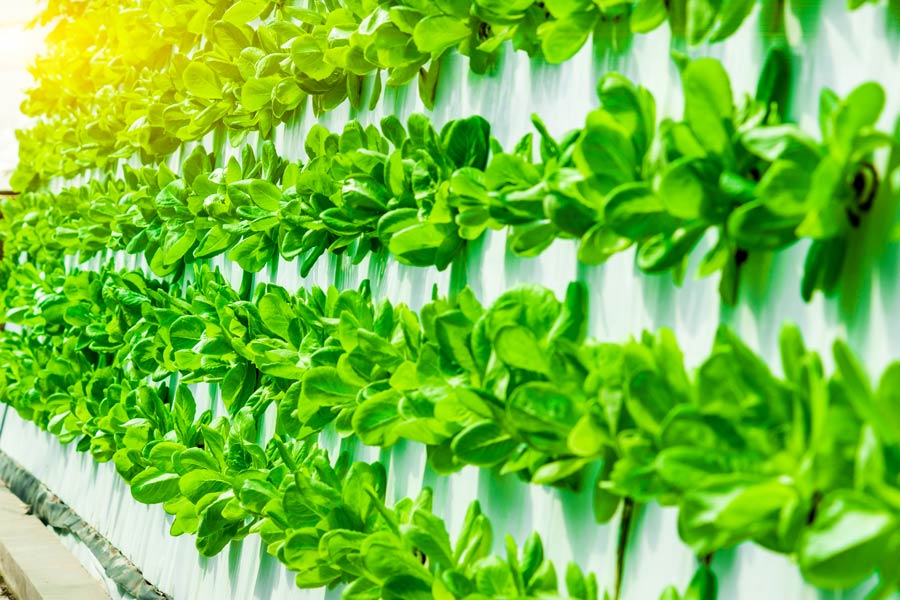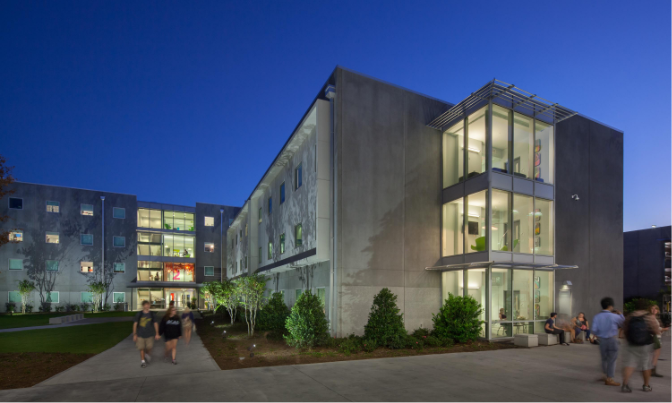The Answer to Sustainable Agriculture
What is Vertical Farming?
Vertical farming is the practice of growing crops indoors in vertically stacked layers. It is one method of controlled-environment agriculture, which aims to optimize plant growth using soilless farming techniques, such as hydroponics, aquaponics, and aeroponics. Without the need for soil, anything from an abandoned warehouse, to a retail store, all the way to a storage facility or shipping container can be turned into a vertical farm.
Historically, agriculture was an outdoor business, with farmers only able to grow certain crops in certain climates at certain times of the year. Vertical farming aims to upend that millennia-old truth. Vertical farming harnesses the power of technology to grow crops efficiently (stacked one on top of the other) in a controlled environment.
Whether you are a new business or a more established entity looking to expand within the United States, Air conditioning provides a controlled flow of air which can be enriched with carbon dioxide (CO2) to further advance plant growth and development. Both ambient and nutrient temperatures can be held at specific levels that optimize the rate of plant growth. Any nutrients and water not absorbed by the roots can be recycled rather than lost to the environment. This unlocks many positives, such as higher productivity per square foot, a more efficient use of resources, and a reliable yield 365 days a year. Vertical farms can be built anywhere and are typically inside or right outside of major cities so that fresher produce can hit shelves at local grocery stores and limit the transportation time and energy for field grown crops.
Vertical farming opens the opportunity to produce a larger variety of harvestable crops at one location due to the ability to isolate crop sectors. As opposed to a traditional farm where one type of crop is harvested per season, vertical farms allow for a variety of crops to be grown and harvested at once due to their individual land plots.
The Grow Farm Advantage
Using an intelligently located controlled environment allows the grower to control everything that goes in, everything that comes out, and how quickly the product can get to the consumer. This level of control leads to benefits to the environment, crop output, resource use, food safety, transportation, and social advantages.
The Future of Vertical Farming
The United States Department of Agriculture predicts the worldwide population to exceed 9 billion by 2050, most of which will be living in urban or city areas. Vertical farming is the USDA’s predicted answer to the potential food shortage as the population increases. This method of farming is environmentally responsible by lowering emissions and reducing water requirements.
The output from vertical farms alone won’t be enough to feed our rapidly growing population. Conventional farmers, modern farmers, and agricultural scientists will need to work together to create a more resilient, sustainable food system.
Traditional farming’s arable land requirements are too large and invasive to remain sustainable for future generations. With the rapid population growth rates, it is expected that arable land per person will drop about 66% in 2050 in comparison to 1970. Vertical farming is part of the answer to sustainable agriculture and healthy food production as our population grows and natural resources become more limited.

Join the Groundbreaking Conversation
Ben Vacca and Dan Mareschal of NDBS appear in Clayco’s GroundBreakers series, featuring a panel of industry experts who discuss new ideas and new ways of transforming industries. Check out the insightful roundtable discussion now.
Recent Insights
Transforming the Future of Agriculture
Did you know that by 2050, we’ll need to produce 70% more food to feed an estimated world population of…
Read More ›LEED Certification
LEED (Leadership in Energy and Environmental Design) is an internationally recognized certification system that measures how well a building or…
Read More ›Our Key to Success
Our low overhead approach to a traditionally high overhead marketplace allows us to compete in markets across the country. You…
Read More ›Experience the Design and Build Difference
Let NDBS provide our services for you in the design and installation. If you are ready to get started on your construction project, contact us today.

